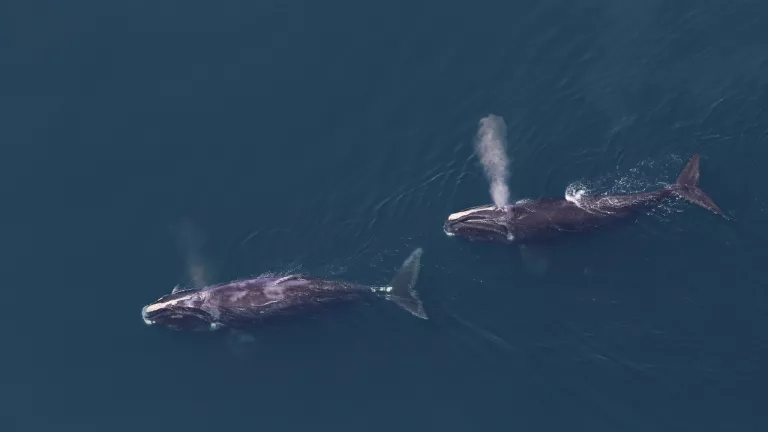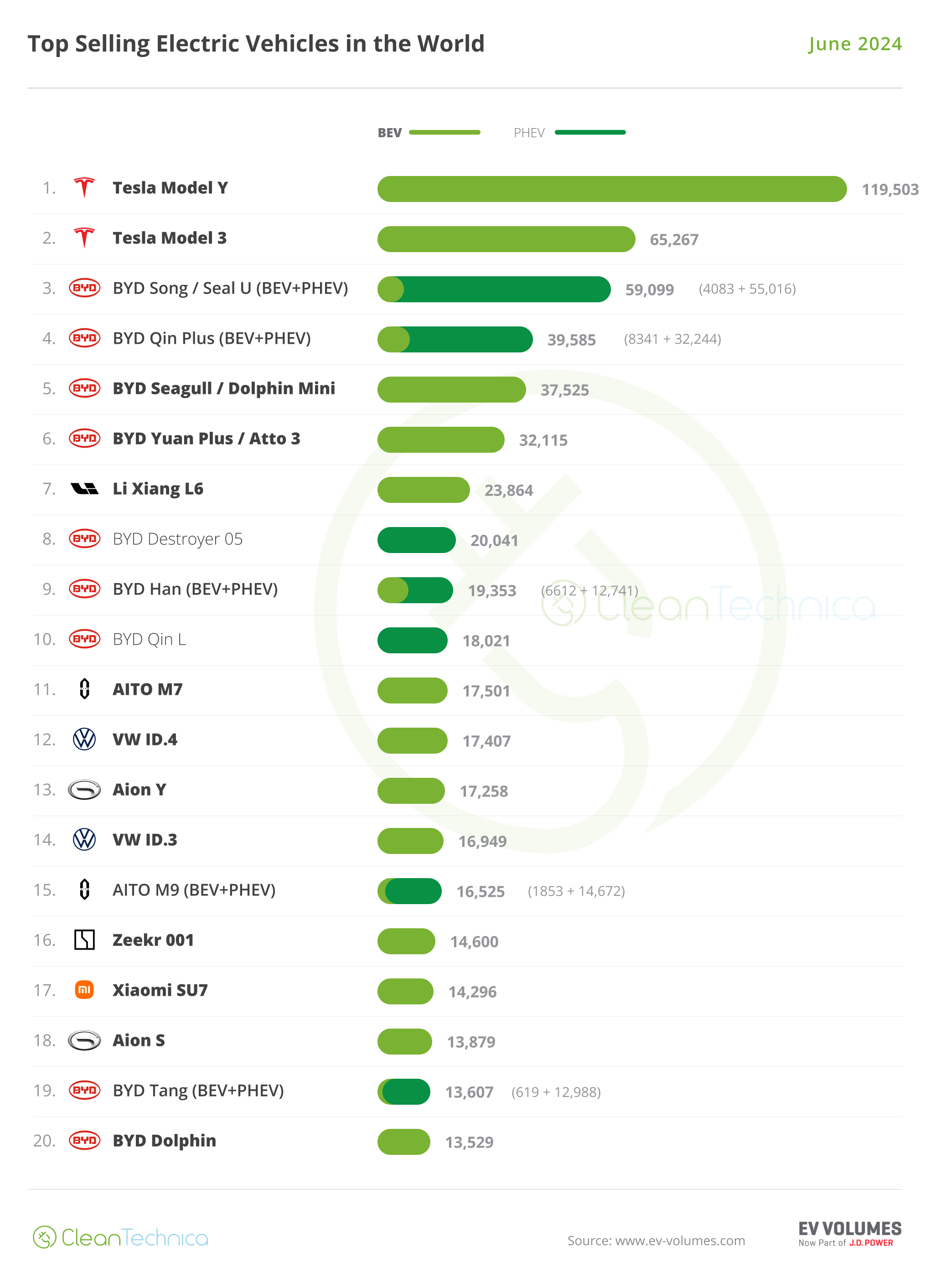Sign up for daily news updates from CleanTechnica on email. Or follow us on Google News!
The world is in the midst of drastic environmental changes — more than any activist feared when Earth Day was first commemorated. Earth Day 2024 is an opportunity for communities to come together to celebrate the world on which we live. First held on April 22, 1970 as part of the birth of the environmental movement, the event, which is now celebrated in over 190 countries, has taken on increased urgency — it now asks people around the world to examine our impact on the changing environment and demand a push toward a sustainable future.
Each year, Earth Day is a key moment for raising awareness and driving change in environmental policy and attitudes. Dozens of cleanups, celebrations, industries, and events were held this year to celebrate the holiday. What kinds of efforts did we see on this Earth Day 2024 from activists, organizations, and governments?
 Chip in a few dollars a month to help support independent cleantech coverage that helps to accelerate the cleantech revolution!
Chip in a few dollars a month to help support independent cleantech coverage that helps to accelerate the cleantech revolution!
EarthDay.org, which coordinates a wide range of Earth day 2024 events globally, set an Earth Day 2024 theme of “Planet vs Plastics.” The organization cites scientists who state that microplastics in our bodies may be responsible for everything from cancer to autism to Alzheimer’s to birth defects to falling fertility rates. Pressuring the oil, gas, and plastics industries to reveal what they know about such interconnections between microplastics and disease, the organization is asking folks to send a letter to Dow Inc., the third largest plastics producer, and ask them to release any studies or information they have on the health impacts associated with the full life cycle of plastics. You can sign the EDO Global Plastics Treaty petition to add your voice to help mobilize global action in counteracting plastic pollution and its far-reaching consequences.
In 10 years from now, biodiversity loss and ecosystem collapse will pose one of the greatest risks to the economy, natural resources, and people, concludes the World Economic Forum. Partially, that loss is because governments allocate $1.8 trillion annually to environmentally harmful subsidies, which leads to an additional $5 trillion in private funding for industries like fossil fuels and industrial agriculture. The Kunming-Montreal Global Biodiversity Framework aims to phase out $500 billion in harmful subsidies by 2030 and mobilize $200 billion annually for biodiversity conservation.
US President Joe Biden traveled to Triangle, Virginia to mark Earth Day 2024, where he unveiled $7 billion in grant funding for solar power under the Inflation Reduction Act. The EPA program will award 60 recipients of the new $7 billion investment in the “Solar for All” program, which aims to lower energy costs and reduce pollution in disadvantaged communities across the country by helping 900,000 low-income households install rooftop solar. The President also announced new steps to support his administration’s American Climate Corps. The President also established the first national conservation goal to protect, conserve, and restore at least 30% of US lands and waters by 2030.
On Earth Day 2024, the Smithsonian’s National Museum of the American Indian presented “Youth In Action: Indigenous Ecosystems,” a conversation with Seneca Johnson (Mvskoke) and Sgaahl Siid Xyáahl Jaad (Marina Anderson [Haida/Tlingit]) moderated by Jade Begay (Tesuque Pueblo/Diné). Indigenous people who call upon time-honored practices to with the natural world’s rhythms may have some solutions to move the planet to a more resilient future. An Earth Day 2024 article in the Washington Post chronicled indigenous practices from subsistence waffle gardens to cultural burns, community irrigation systems, forests as carbon sinks, dryland farming, restoring salmon runs, using resilient seeds, shellfish gardens, and resilient design — all of which stay in tune with ecosystems and communities.
NASA officials announced 6 new airborne missions that will focus on arctic coastal change, weather created by wildfires, urban air pollution, impacts of changing weather patterns on landscapes, retreating glaciers, and agriculture. Altogether, NASA will spend about $120 million on the 6 missions, which will deploy from 2026 to 2029.
Worcester Polytechnic Institute held its 16th annual sustainability awards showcase and the Sustainable Career Fair. WPI is actively growing a sustainable community that is living and learning with a mindset of sustainability. Most recently, WPI’s change in energy sourcing and its goal of becoming carbon neutral is an example of how WPI is using new technologies and new ways of managing its power generation. It’s been proposed that WPI go even a little further, connecting its use of SDGs to ESG programs in business, or how Fin Tech is being used or might be used to measure, report, and manage business’ impact on environmental and social issues.
SubjectToClimate’s Earth Day Teacher Guide provided valuable resources for educators to use to teach about climate change and environmental protection. Also, Microsoft has designed Search Progress for building information literacy skills as students journey through the history and significance of Earth Day.
The Ray, a leading nonprofit organization dedicated to advancing net-zero transportation and energy infrastructure, released its annual report — State of The Ray 2023. The Ray was awarded $5.1 million to provide technical assistance, planning, and capacity-building to 15 networked communities. These communities, located near key transportation hubs, will receive support in advancing transportation projects that align with community-driven economic development, health, environment, mobility, and access goals.
Business Insider identified 19 cities that “do Earth Day right.” Among the highlights:
- Austin, TX was determined to be the greenest city in the US, according to ListShack.
- San Francisco, CA organized its annual festival this year with the theme, “Stand for the Redwoods/Stand for the Future” and offered a climate rally.
- Japan is the most eco-friendly country in Asia, according to Yale’s Environmental Performance Index.
- Barcelona threw a memorable Earth Fair at Parc Central de Nou Barris, which included a farmers’ market, artisan vendors, and workshops and conferences on environmental education.
Final Thoughts
April 22 was chosen as Earth Day because it marks the beginning of spring in the Northern Hemisphere and the end of autumn in the Southern Hemisphere. In its earliest days as well as today, “reduce, reuse, and recycle” have been popular strategies to help save the Earth. And, while that kind of individual action for a healthy planet is lovely and noble, limiting global temperature rise to 1.5 degrees Celsius ultimately depends on putting an end to fossil fuels.
As the United Nations’ Secretary-General António Guterres insists, “Every person on earth must be connected to clean, affordable power by 2030. And every community and country must benefit from the transition to clean, cheap renewables.” We must continue to come together on this Earth Day 2024 and everyday to continue the fight to End the Era of Fossil Fuels.
Have a tip for CleanTechnica? Want to advertise? Want to suggest a guest for our CleanTech Talk podcast? Contact us here.
Latest CleanTechnica.TV Video
CleanTechnica uses affiliate links. See our policy here.





